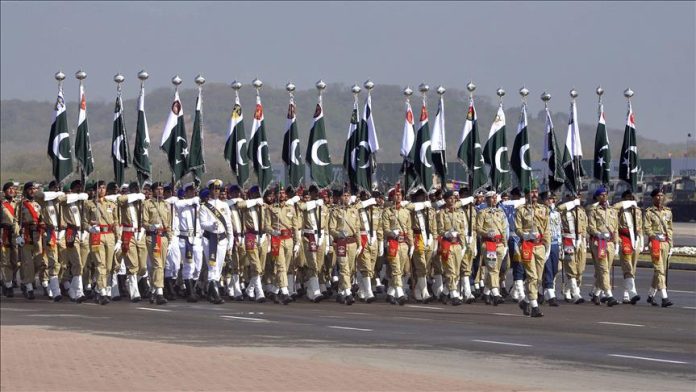Pakistan is reportedly considering the creation of a new high-level military position called “Commander of Defence Forces” (CDF). This proposed designation would be established under the 27th Constitutional Amendment, which is currently under discussion.
The main purpose of creating this new position is to ensure unified command and coordination across all three branches of Pakistan’s armed forces: the Army, Navy, and Air Force. Currently, each service branch operates under its own chief, with the Chairman Joint Chiefs of Staff Committee serving as the senior-most military officer.
If implemented, the Commander of Defence Forces would become the highest military authority in the country, responsible for overseeing and coordinating operations across all military branches. This unified command structure is intended to improve coordination, streamline decision-making processes, and enhance the overall effectiveness of Pakistan’s defense forces.
The proposal suggests significant changes to Pakistan’s existing military command structure. Such a position would require constitutional amendments and extensive deliberations among political and military leadership. The government would need to clearly define the powers, responsibilities, and authority of this new role.
Many countries around the world have similar unified command structures where a single military leader oversees all armed forces branches. Supporters argue this approach improves inter-service coordination and creates clearer chains of command during both peacetime and conflict situations.
However, creating such a position would require careful consideration of various factors, including constitutional requirements, existing military traditions, and the balance of power within the defense establishment.
The proposal is still in the discussion phase, and any final decision would need approval through proper constitutional procedures and parliamentary processes.


